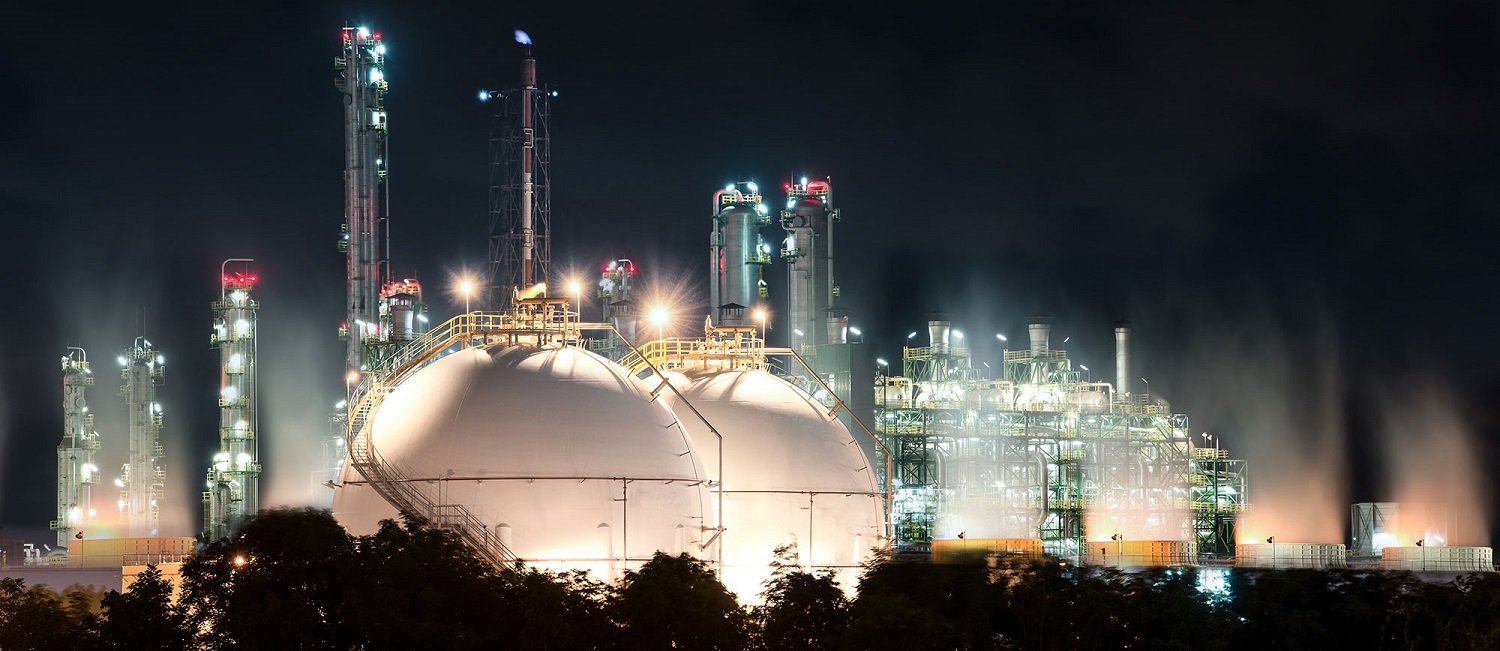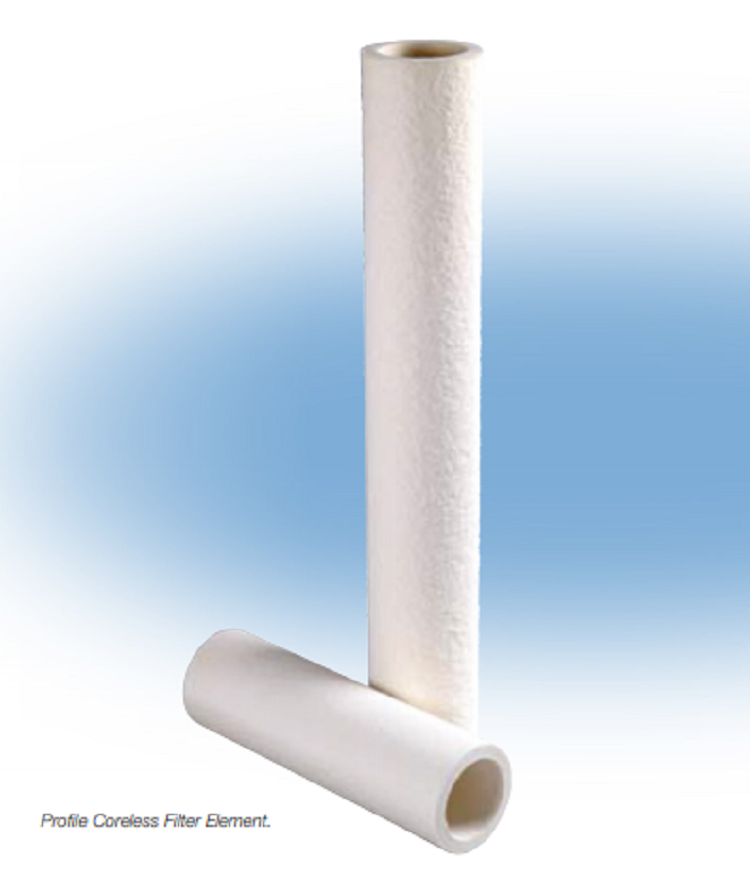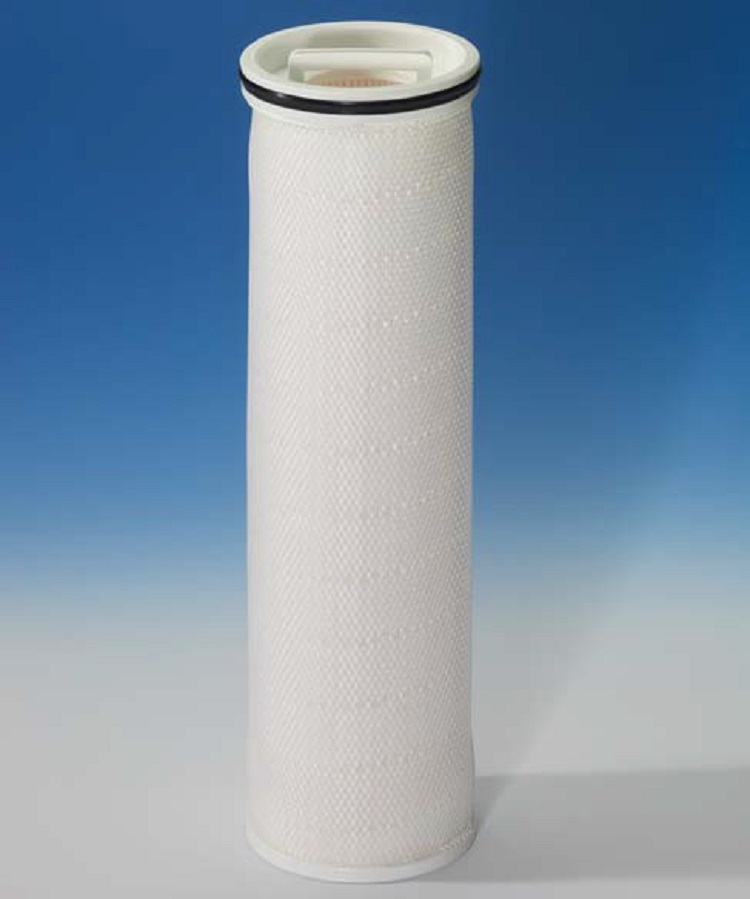


An oil company operating a refinery in Europe was experiencing issues with foaming, causing problems with the hydrogen sulphide (H2S) spec in the treated gas and carry-over of heavier hydrocarbons with the fuel gas. A collaboration to clean-up the amine solution proved effective.
The refinery includes three amine trains: one in the gas plant, one in the hydrodesulfurisation (HDS) unit and one in the fluid catalytic cracking unit (FCCU). From the initial plant design stage, the amine unit in the FCCU was only equipped with a coarse filter on the lean side and it had been facing repeated foaming issues. The refinery identified that this was caused by a combination of the ingression of liquid hydrocarbons with the sour fuel gas and by the formation of fine particles of corrosion products in the amine loop.
Limiting capacity
As a consequence of foaming, the refinery was experiencing issues with the H2S spec in the treated gas, and carry-over of heavier hydrocarbons with the fuel gas. As a result, the refinery had to limit the amine unit capacity to 35 tonne/h instead of 40 tonne/h, a 12.5% reduction. This reduction directly limited fuel gas production, with the potential to restrict FCCU output at significant financial risk to the refinery. Different types of filter technologies (bags, pre-coat, self-cleaning) had previously been trialled unsuccessfully by the refinery.
Depollution of amine solution
A clean-up or ‘depollution’ of the amine solution was undertaken in collaboration with filtration and separation specialists at Pall to solve foaming issues by eliminating the solid and hydrocarbon contamination circulating in the amine. Pall aims to solve every gas plant’s major needs so that operators can achieve or exceed natural gas production quotas via reliable treatment of acid gas and maintain process reliability for production consistency and minimisation of downtime.
A mobile unit was connected on to the rich amine loop, comprising a particulate filter to eliminate solid particles, a liquid coalescer to eliminate free and emulsified liquid hydrocarbons, and a carbon bed to eliminate the dissolved hydrocarbons.
Foam test monitoring
The progress of the depollution and the cleanliness of the amine solution were monitored by the refinery’s laboratory with foam tests. The benchmark foam collapse time was 7 seconds for the new amine solution, while the collapse time of the actual amine solution was 60 seconds. After the first 24 hours of depollution, the foam collapse time was reduced to 20 seconds; after 72 hours it was down to 9 seconds.
Acid gas sweetening
The process of acid gas sweetening is complex, and every stage brings new challenges. The process utilises amines or specialty solvents to remove acid gas such as hydrogen sulphide and carbon dioxide from sour natural gas to meet the gas quality specifications. The sour gas is contacted with lean amine and an acid-base reaction occurs, binding the acid gases to the amine with a weak bond. The rich amine then flows to the regenerator, where heat breaks the weak bond between the amine and gas, releasing the amine gas for re-use. The acid gases exit the top of the regenerator for further treatment while the lean amine is recirculated back to the contactor in a recirculating loop.
Production challenges
The primary challenge faced is foaming and reduced production rates due to hydrocarbon liquid and particulate ingression into the amine loop. Pall recommends effective fluid and solid removal upstream of the contactor to protect the amine loop for improvement of productivity and reliability. Knock-Out pots and mesh pads may not always work, so the company has developed its high efficiency SepraSol Plus liquid/gas coalescers and Medallion HP liquid/gas coalescers which provide 99.999% removal at 0.3 microns per the Dispersed Oil Particulate (DOP) test and 1 ppb downstream per the modified ANSI/CAGI-400-1999 test procedure.
Another challenge due to foaming is process efficiency loss and increased maintenance due to fouling of the contactor, lean-rich exchanger, regenerator and reboiler due to dirty amine.
The best way to overcome this is to reduce the gaps in productivity, reliability and maintenance costs through effective solids’ control in the amine loop. Solid contaminants in the amine systems are mostly very fine corrosion products that may not be adequately removed by filters that exhibit unloading, media migration, channelling or poor sealing.
Pall has a range of absolute filter elements to reduce suspended solids under 5 ppmw, keeping the amine clear or pale yellow to reduce related foaming issues. For enhanced solids’ control, it recommends adding filtration to the rich side. Total sour gas worker exposure will typically be lowered due to the reduced system maintenance on the rich side.
In addition, Pall offers its PhaseSep liquid/liquid coalescers, the Ultipleat HF filters, its Profile coreless filters, Marksman filters and Nexis filters to reduce upsets in downstream sulphur plants and amine cost control to increase productivity, reliability and gain freedom from slug upsets.
Successful depollution
As a result of the much cleaner amine solution in this refinery, it was able to return to operating this train at the design capacity of 40 tonne/h. The depollution highlighted that the carbon bed located downstream of the coalescer did not bring further improvement to the foaming of the amine solution, meaning that the solid and hydrocarbon contaminants were successfully eliminated by the particulate filter and the coalescer.
A few months later, the refinery decided to install a particulate filter in the rich amine to maintain low levels of solid contamination. Pall supplied a Ultipleat High Flow filter with 10 micron absolute-rated filter cartridges.
This article was written by Anoop Suvarna, senior marketing manager, Pall Corporation.



